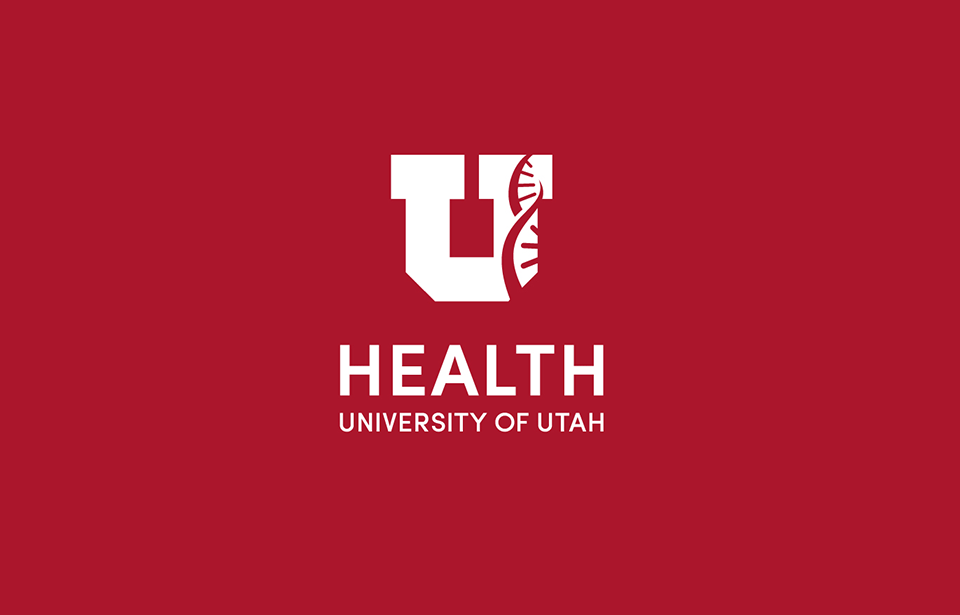
What to Expect at Endovascular Aneurysm Repair (EVAR) Surgery
Endovascular Aneurysm Repair (EVAR) Procedure
Endovascular aneurysm repair (EVAR) is a surgical treatment for an abdominal aortic aneurysm, a bulge in the wall of your aorta. The aorta, your body’s largest blood vessel, starts at your heart and extends into your abdomen. An abdominal aortic aneurysm is in the abdominal portion of your aorta.
During EVAR Procedure
You will receive anesthesia so you remain asleep during the procedure. During the procedure, your vascular surgeon will:
- insert two intravenous lines (IVs) into blood vessels in your groin.
- send catheters (thin, flexible tubes) through the IVs to reach your aorta.
- place a device made of metal and synthetic material called an endograft to create a path for blood to flow without entering the aneurysm.
How Long Does EVAR Surgery Last?
Generally, the procedure lasts between three and six hours. The length of EVAR surgery depends on the complexity of the aneurysm.
After Surgery
You’ll lay flat on your back in a recovery room for about four hours, then rest for the remainder of the day. The day after surgery, you’ll get up and walk with the help of a physical therapist. Most patients will return home the day after surgery. You may feel tired or have mild pain for a week or two after surgery.
Advantages Of Endovascular Aneurysm Repair (EVAR) Vs. Open Surgery
EVAR is a minimally invasive surgery. We operate through tiny incisions using small catheters and surgical tools. Typically, patients can return home the day after EVAR surgery.
We make a larger incision in your abdomen with open surgery for an abdominal aortic aneurysm. You will spend about one week in the hospital while you recover from open surgery.
EVAR and open surgery are both lifesaving treatments for abdominal aortic aneurysms. The type of surgery your surgeon uses depends on the location of the aneurysm and your overall health.
Who Is A Candidate For Endovascular Aneurysm Repair?
Endovascular repair for abdominal aortic aneurysms largely depends on the following factors:
- your anatomy, such as the size of your aorta,
- the aneurysm location, and
- the size of the blood vessels around the aneurysm.
Having an abdominal aortic aneurysm doesn’t automatically mean you need surgery. Sometimes, we will wait and see by tracking the growth of your aneurysm over several months or even years.
We will operate on abdominal aortic aneurysms when there’s a significant risk of the aneurysm leaking. We typically only surgically treat abdominal aortic aneurysms that have grown 5 to 5.5 centimeters.
Why Choose University Of Utah Health?
At U of U Health, our board-certified vascular surgeons dedicate their practice solely to treating vascular disease. Our surgeons are certified and trained to use all four devices currently used for EVAR surgery. Having all options allows us to select the best match for each patient. Many other medical centers rely on just one option. We also stay at the forefront of treatment by participating in research, allowing qualified patients early access to the latest techniques, and training residents and fellows. Our mission is to ensure that our patients receive the best, highest-quality care.
Find An Aortic Disease Surgeon
Virtual Visits
Our specialists are available to meet virtually with you. Feel free to make an appointment with us.
How To Prepare For Surgery
Tell your surgeon about all the medications and supplements you take. You may need to stop taking some medicines, such as blood pressure medications or blood thinners, for a short period before surgery. We’ll also ask you to stop eating and drinking by midnight on the day of surgery.
EVAR Surgery Recovery
When you return home, you can resume light activity, such as walking and going up and down stairs. You can shower, run errands, and drive as usual. However, you’ll need to refrain from rigorous exercise and heavy lifting for two weeks. After about one month, you can resume all your routine activities with the clearance of your surgeon.
EVAR Surgery Success Rate
EVAR surgery has high success rates. At U of U Health, we participate in the Vascular Quality Initiative, tracking all our aortic aneurysm surgery outcomes. We consistently meet and often exceed the national guidelines for EVAR success. It is important to understand that you’ll need long-term follow-up after EVAR surgery.
Next Steps
It's important to seek treatment with an experienced specialist for an abdominal aortic aneurysm. You may call 801-585-7676 or request an appointment online with our cardiovascular specialists. If you don’t have a diagnosis, we will need a referral from your primary care provider. Our team will also help arrange screening tests. If you have been diagnosed with an abdominal aortic aneurysm, you don’t need a referral to make an appointment with our specialists.
To refer a patient to our cardiovascular specialists, you may complete our referral form or call 801-581-2897 to speak with a physician referral specialist.





